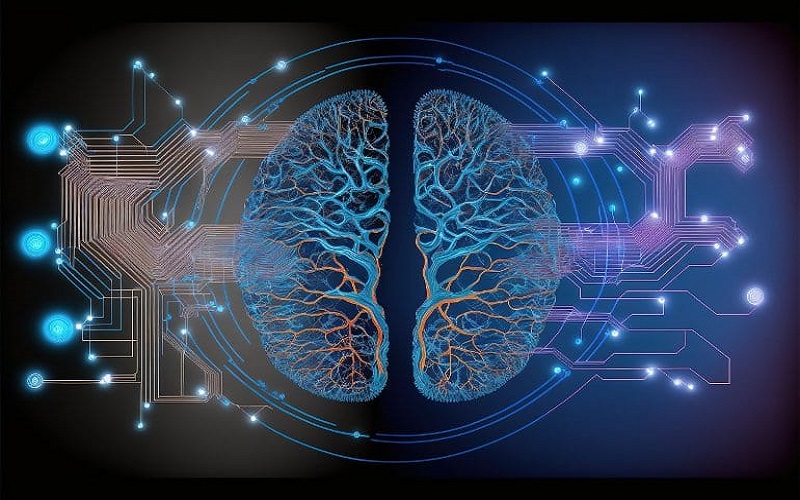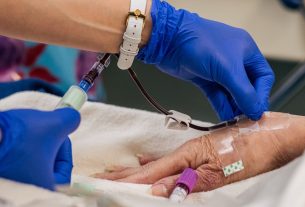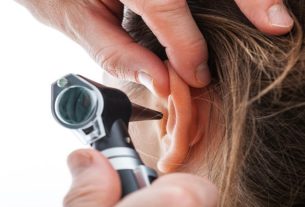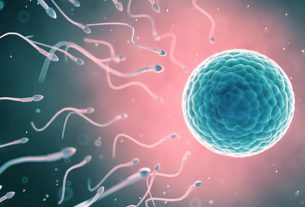Scientists from a team have invented the artificial intelligence (AI) device which, in an operation that involves surgery, analyses the DNA sequence of a brain tumor to determine its molecular form, important information which can now take several days or weeks for to be delivered.
Understanding the molecular nature of a cancer in depth will give you an idea of its severity as well as its behavior, and the likely reaction to different treatments, details that could help in the postoperative decision making process.
So, having this information even while the patient remains in the operating room could aid neurosurgeons in deciding how much tumor tissue is to be removed as well as the decision of whether or not to give antitumor medication for the brain in the same procedure.
The research, which was conducted by researchers from Harvard Medical School, has been published on Friday in the journal “Med”..
“Currently in the present, even the most sophisticated clinical practices can’t molecularly identify tumors in surgical procedures. The tool we developed overcomes this issue through the extraction of previously unknown biomedical signaling from frozen slides of pathology,” Kun-Hsing Yu is the principal author of the study, and the Adjunct Professor in Biomedical Informatics and Biomedical Engineering at Harvard.
“The capability to identify the molecular diagnosis of intraoperative surgery at a real-time pace, in surgery, can drive creation of oncology that is real-time precise,” Yu added.
Researchers believe that although it is still awaiting tested clinically in real-world situations and then cleared through FDA US Food and Drug Administration (FDA) prior to being used in hospitals, its promise can be extremely exciting.
DIAGNOSTIC PROBLEMS
The current method of diagnosing is to take brain tissue, then freezing it, and then examining it using a microscope. But one of the biggest disadvantages of this method is that freezing the tissue can change the appearance of cells. This could affect the quality of the examination.
In addition, even when using high-quality microscopes, our eyes is unable to detect even subtle genetic differences, two issues which AI tools can easily solve. AI program easily resolves.
The program, dubbed CHARM (Cryosection histopathology assessment and review machine) can be accessed for free for other researchers.
CharM was designed with brain tumors from 2,334 samples of 1,524 glioma patients in three distinct patient groups.
If tested on a sample of brain tissue samples It distinguished cancers that have specific molecular modifications with 93% accuracy. It also it was able to distinguish three kinds of gliomas that have distinct molecular characteristics that have various prognoses, and react differently to treatment.
CHARM has also been able to successfully capture the visible features of cancerous cells surrounding them and it was able to identify zones of greater cell densities and increased cells dying in the sample these are signs of more aggressive types of glioma.
The study also identified clinically significant molecular changes in one subset of low grade gliomas which is a type of glioma which is much less aggressive, and hence less likely to penetrate the tissue surrounding it.
It also tied the appearance of cells to the molecular profile of the tumor. This indicates that it can identify the connection to the look of cells as well as the molecular profile of the cancer.
Researchers believe that even though the model was initially trained and evaluated on glioma specimens but it is able to be trained to detect different subtypes of brain cancer.
Scientists have created AI models that allow for the identification of various kinds of cancer (colon and lung cancer, as well as breast) however gliomas remain particularly difficult due to their molecular complexity as well as the huge variety in shape and appearance of the tumor cells.




